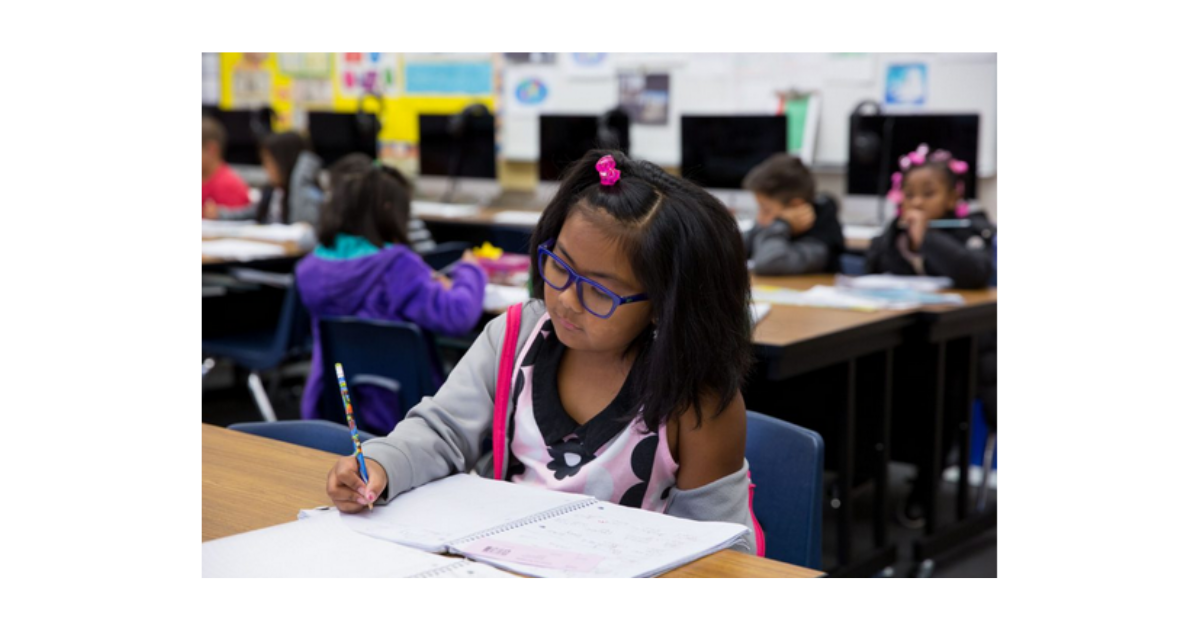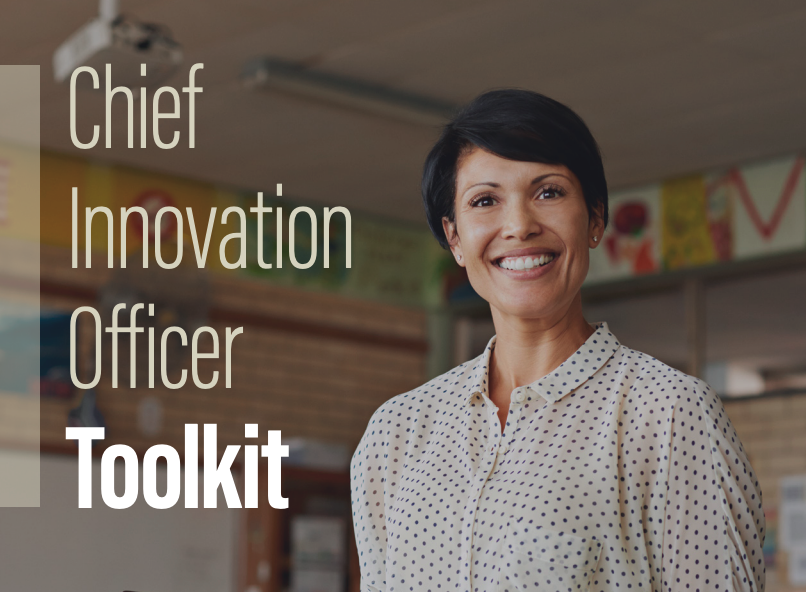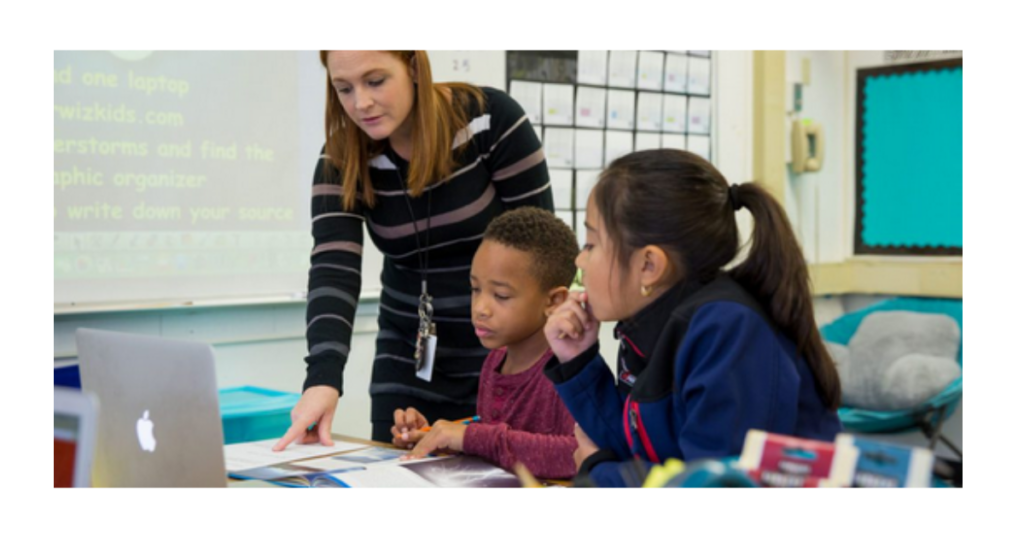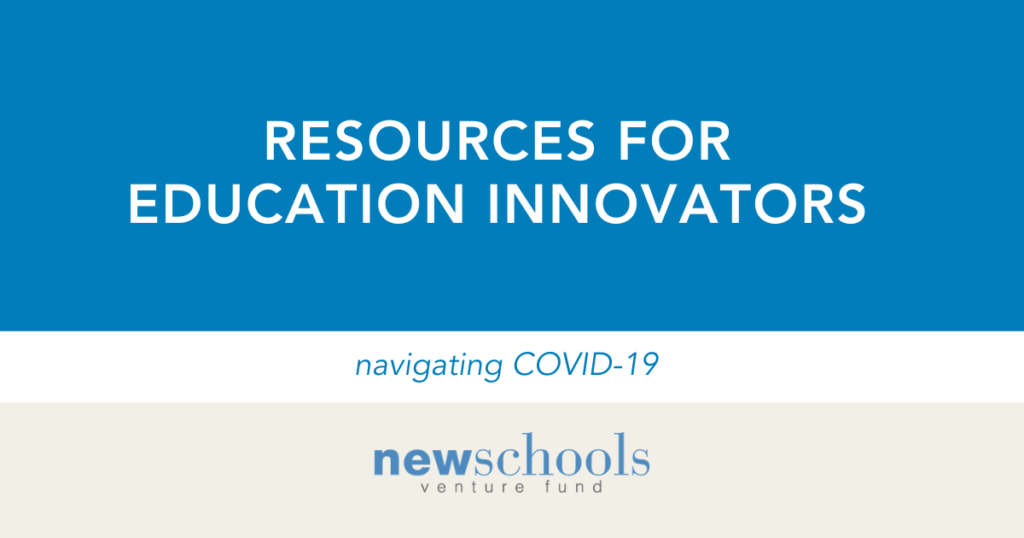The Small Business Innovation Research (SBIR) program is a highly competitive program that encourages U.S. small businesses to engage in innovative research and development that has the potential for commercialization. WestEd has served as the research partner to numerous edtech companies who have won Phase I and Phase II SBIR grants from the Department of Education/Institute of Education Sciences (ED/IES), the National Science Foundation (NSF), and the National Institutes of Health (NIH). Through the NewSchools Ignite/WestEd Research Partnership, we want to encourage more small businesses and entrepreneurs to apply for these federally-funded programs and to help guide small businesses through the overall application process. This article will provide you with an overview of the SBIR program and will give you tips on how to get started with the grant.
Determine if your company is eligible to apply
First, you should determine if your company is eligible to apply for an SBIR grant. The most recent eligibility criteria can always be found on the official SBIR website (see link below). In general, companies must meet the following criteria:
- Be a for-profit company,
- Have your principal place of business located in the United States,
- Have a majority of your company’s equity directly owned or controlled by certain individuals (see official website for details), and
- Have less than 500 employees.
For more information about eligibility, please visit: https://www.sbir.gov/applicants
Find a funding opportunity
Currently, eleven federal agencies participate in the SBIR program, including the Department of Education and the National Science Foundation. If you are an edtech entrepreneur, your education product will most likely fit within the focus areas of these two departments. However, depending on the type of education product you are developing, you may also want to consider grant opportunities from the National Institutes of Health (which have funded science, health, and medicine-related educational products) and the Department of Agriculture (which have funded health and nutrition-related educational products).
General funding opportunities from all participating SBIR federal agencies can be found here: https://www.sbir.gov/sbirsearch/solicitation/current
Department of Education/Institute of Education Sciences (ED/IES)
ED/IES funds two tracks of SBIR products: 1) products to improve student learning directly or indirectly (e.g., through teacher practices) in authentic education delivery settings (e.g., schools, after-school programs, or distance learning programs), and 2) products for use by infants, toddlers, or students with or at risk for disabilities, or teachers (or other instructional personnel, related services providers, or family members) in early intervention or special education. ED/IES holds one competition per year, with applications typically due in December or January.
For more information about the ED/IES competition, please visit: https://ies.ed.gov/sbir/
National Science Foundation (NSF)
In addition to funding innovation in science and technology more generally, the NSF specifically funds products within five Education Applications and Technology Topics: 1) Pre K-12 Education, 2) Global, Distance, and Higher Education, 3) Simulations and Gaming Technologies, 4) Entrepreneurial, Informal, and Maker Education, and 5) Information, Computer Science, and Engineering. The NSF highly values products that involve a high degree of technical risk (i.e., have never been attempted and/or successfully done before, or is still facing technical hurdles) and that have the potential for significant commercial impact and/or societal benefit. The NSF holds two competitions per year, with applications typically due in June and December.
For more information about the NSF competition, please visit: https://www.nsf.gov/eng/iip/sbir/howtoapply.jsp
Decide whether to apply for a Phase I or Fast Track grant
Different types of awards are made within the SBIR program, providing different levels of funding and project timelines.
A small business is typically eligible to apply for what is known as a “Phase I” award. The purpose of a Phase I award is for a company to establish the technical merit, feasibility, and commercial potential of their proposed product. Phase I grants typically award $150,000 in funding (though some agencies offer up to $225,000) over a 6-month performance period.
Small businesses who have already won a Phase I award are eligible to apply for a “Phase II” award, which allows the company to continue developing the product that was established in Phase I. Phase II grants typically award $900,000 in funding over a 2-year performance period.
Some federal agencies allow you to apply for “Fast Track” funding, which lets you apply for both the Phase I and Phase II grants at the same time. (Otherwise, there is normally a gap in funding for small business grant recipients, between the end of the Phase I performance period and the application/funding cycle for the Phase II awards.) Fast Track awards are much more difficult to win than a Phase I award. Not only does the small business need to devote a significant amount of time in developing two separate grant applications (for Phase I and Phase II), but the product itself must be must stronger. It is less risky for the federal agencies to invest $150,000 in a Phase I award upfront than to invest $1,050,000 in a Fast Track award, so far fewer of these awards are given out.
For more information on the different phases, please visit: https://www.sbir.gov/about/about-sbir#sbir-program
Though the SBIR program is highly competitive, winning companies feel that the grant application process is well worth the effort. If you are selected as a grant recipient, you are provided with non-dilutive funding from the federal government and do not have to give up any equity in your company. Further, your company will benefit from the prestige of being included in an exclusive group of grant recipients, as well as learn from the program supports and resources provided to small businesses through the grant.



